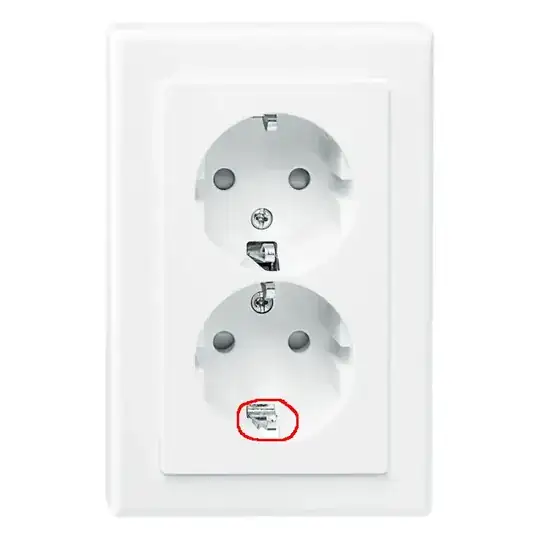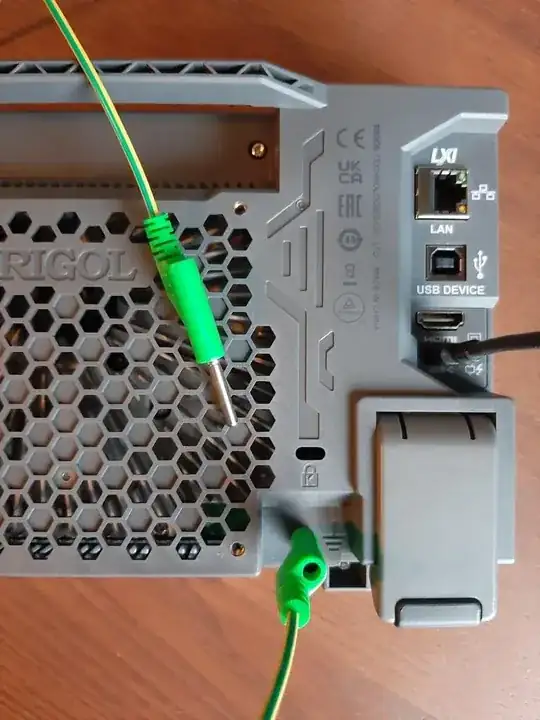You connect the protective earth from the oscilloscope to the protective earth of the outlets in your home/laboratory.
The USB port powering the scope doesn't have protective earth. An oscilloscope floating without a protective earth is just waiting to kill you the first time you connect it to anything line powered.
You can probably get away without using the protective earth - as long as you only work with isolated circuits. That means using isolated power supplies or batteries.
It's a bad habit to get into, though, so you should always connect the protective earth. It'll save your hide when someday you forget to think about it and connect your scope to line voltage.
Since you are in the Netherlands, you'll want to clip the protective earth lead to the spring in an outlet.

Image source
All of the springs should be connected to the protective earth of your house.
You can use an alligator clip on the end of the protective earth wire to connect to the spring in the outlet.
I have seen (but cannot locate) Schuko plugs with a banana jack on the back as a ground adapter.


